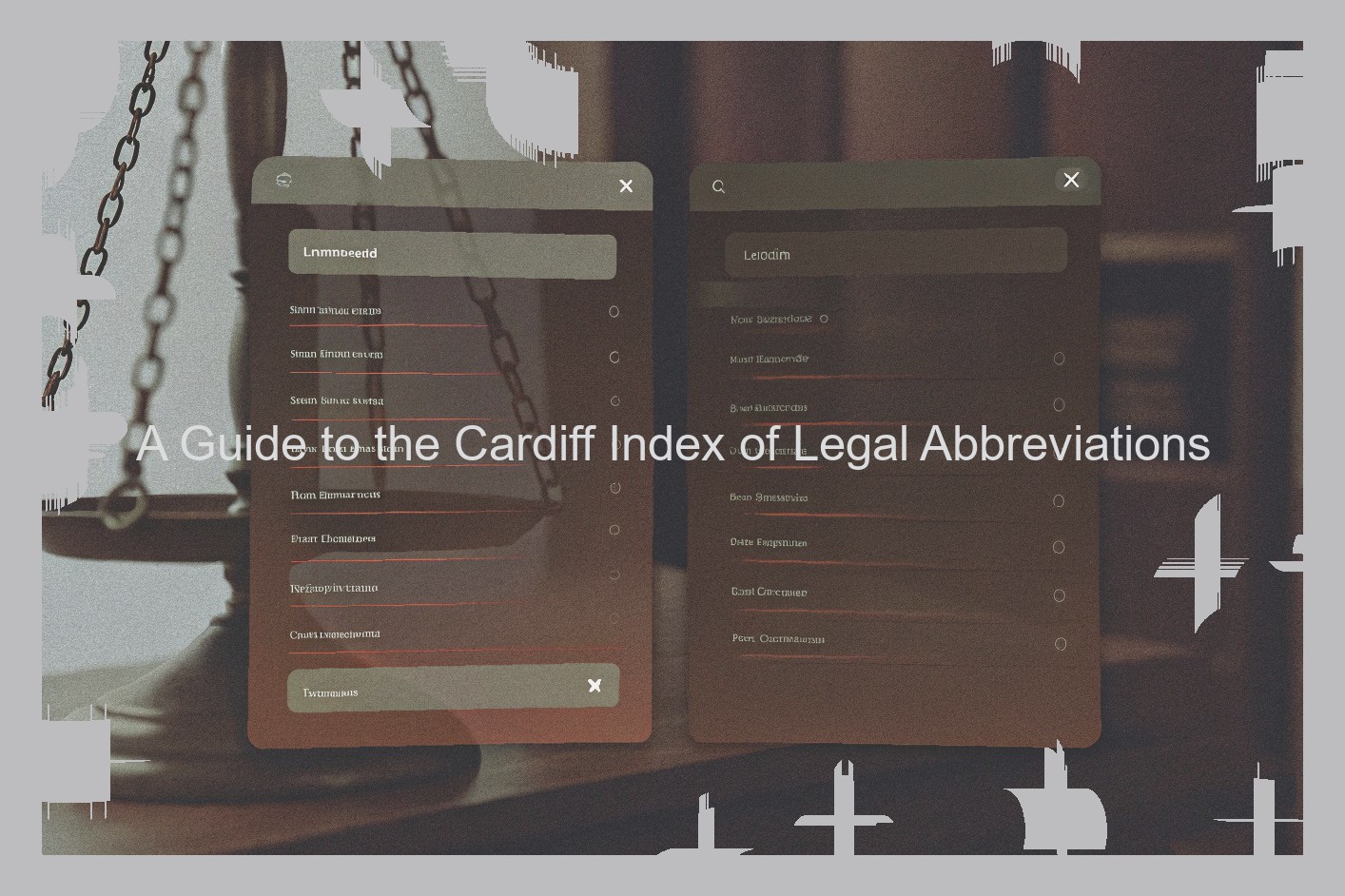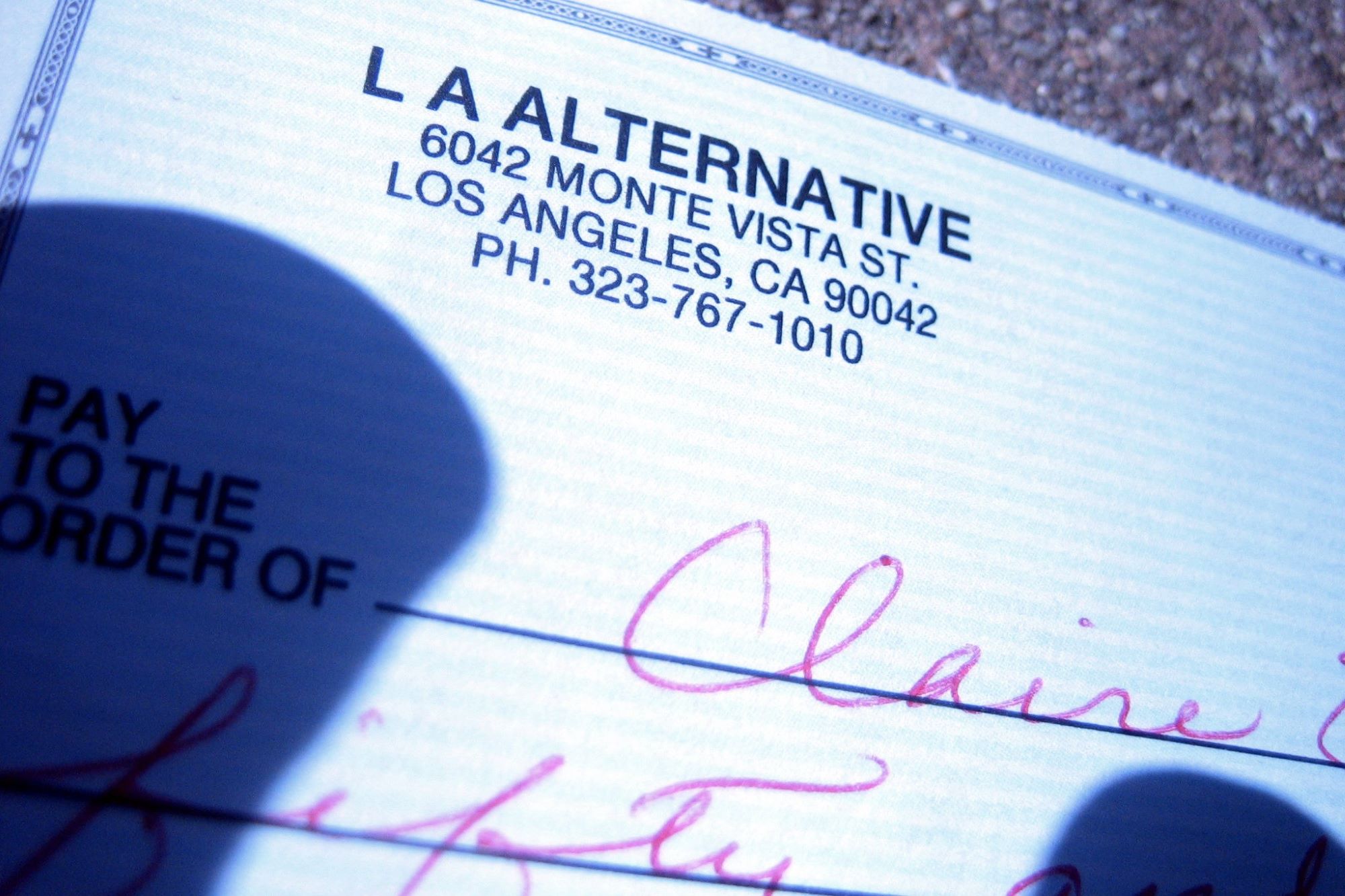The Cardiff Index
The Index to Legal Abbreviations (the Cardiff Index) is a resource to aid those using legal literature in English, Welsh and Irish. It provides an easy-to-use search tool to identify legal publications from around the world through their abbreviated form and is available online, free of charge. The Cardiff Index has two sections: a bibliographic index, providing searchable references to nearly 100,000 law journals and series, and the Cardiff Index as a separate index demonstrating current and historic abbreviations for a wide variety of legal publications. The research and development of the Cardiff Index is a collaborative effort with global partners , involving students and researchers. The Editor of the Cardiff Index is David Bainbridge (DBA). The Editors in Chief are Professor Ken Curchin (KJC), David Slater (DS) and Dr. Nina Smith (NS). The Editors support the work of the research team and collaborate with the Editor. They advise and direct the work of the Index and ensure that it meets contemporary guidelines, being a living document. The honorary consultant to the Cardiff Index is Professor Robert C. Berring RM respectively.

Historical Background
The Cardiff Index of Legal Abbreviations was developed by the staff at Cardiff University Walter Hall, together with Nicholas Sage from the W G Hart Legal Research Centre at the School of Advanced Study, University of London. It started out as an experiment to test the view that you could use computers to simplify legal research and give better access to the law. The idea for the Cardiff Index came from the need for an authoritative resource for legal researchers. The team in Cardiff recognised that much legal material across the world was not in English and that it was contained in a complicated array of resources. At the same time, different jurisdictions had different approaches to abbreviating those materials in their own jurisdictions. Given this situation, the team decided to produce a free, ubiquitous resource for all legal researchers, not just law librarians. The work on the Cardiff Index began in 1990, when teams from both Cardiff and London began working on it, using information extracted from existing bibliographic databases to identify abbreviations. At this time, it was only the International Organization for Standardization (ISO) that published anything similar. In 1996, the Cardiff Index went live on the Cardiff website. This was a very basic form of the database, taking the form of an A-Z list of legal abbreviations, with no links to the full details of the publications concerned (this came later). At that point in time, the emphasis was very much on the design and functionality of the online resource, with only a limited number of entries being added in. The step change in functionality for the Cardiff Index came in 2001, when it was launched on the UK legal information website Bailii and was made accessible to individual users. At this point in time, the Cardiff Index consisted of approximately 175,000 entries, tracked on a daily basis. By 2003, the Cardiff Index was averaging 4 million searches per quarter, with a total of 25 million searches taking place to that point (meanwhile, the other legal abbreviation resource that was available was mostly used by law librarians and scholars). The huge increase in use of the Cardiff Index meant that news of its existence and value spread quickly. Both the Australian and New Zealand bar associations contacted Cardiff to provide their materials for indexing, and they then contracted Cardiff to build various indexes for them. In 2004, the U K House of Lords decided to stop publishing its legislative materials on paper. However, it did continue to publish its materials on the Internet, and therefore Cardiff University had the database reindexed so that those materials were available via the Cardiff Index. In 2005, the index was redeveloped to incorporate full text searching, allowing users to search for abbreviations anywhere within the index records, rather than just the front end. In 2007, the Cardiff Index became part of Heiner Daum’s "International Law Resources" web portal. It had, by this point, grown to include over 500,000 entries, and approximately 150,000 of its entries linked out to resources via the various services it had developed indexes for. In 2008, the Cardiff Index became part of the Infonic Internet Directory of Legal Resources, to which it still belongs. Since 2010, Cardiff has been adding to its collection of legal abbreviations on an annual basis. The addition of new sources added over 200,000 new abbreviations to the database, and the host system was updated to ensure that the service remained stable. At that point, the Cardiff Index of Legal Abbreviations contained well over 750,000 entries, and was formally relaunched.
Uses of the Cardiff Index
After you have found an expansion of a legal abbreviation you are looking for in the Cardiff Index of Legal Abbreviations, you may also wish to know what other abbreviations appear in the same source as the one you have already found. You can look up the abbreviation you have found, and find out the full name of the source from which it was taken. You can also look up the publication from which it is taken, and find out which abbreviations have been taken from this publication. All you have to do is to click on the abbreviation or the source.
The Cardiff Index of Legal Abbreviations is updated continuously, with new editions of sources being added to it as soon it is published. The Latest News page on the LexisNexis website shows the most recent additions to the Index.
In addition to the way in which the LexisNexis Cardiff Index of Legal Abbreviations is interlinked with the and Lexis Library, another of its main benefits is its currency. Even though the data contained within it has been around for longer than the launch of Lexis Library, the fundamental problem of defining legal abbreviations in a comprehensive and concise manner is often not attempted by publishers and suppliers of legal information. It is not unknown for e.g. a foreign publication to change its title without any significant notice. Changes of this type are even more difficult to spot if the source is no longer available in hardcopy. In addition, even when an abbreviation can be supplied there is still no guarantee that the title of a source is complete, or even correct. The Lexis Library Clarke’s Analysis of Legal Abbreviations (3rd ed) will only take you so far, and the Cardiff Index is a much more detailed resource. It comprises legal abbreviations taken from over 1300 online and print sources, which cover over 25 different jurisdictions. The majority of these are current sources, though earlier editions of many of the current publications are available. It lists 11,000 abbreviations and more than 20,000 recognised full titles, together with their transpositions into different languages, such as English, French, German, Portuguese, Spanish and Italian.
The titles are classified into eleven different categories: cases, legislation, gazettes, administrative codes, law journals, law reports, law school publications, encyclopaedias, directories, legal study guides and committee reports. This not only helps to speed up the search for a specific abbreviation, but it also provides information on the publication in which a reference to the source can be found. For example, you can use it to check off the standard sources for the relevant jurisdiction. It is also interlinked with the LexisNexis Family Law Journal.
The Cardiff Index of Legal Abbreviations is presented in a way to make it easy to find the information you need in as short a time as possible. The search function at the top of the page allows you to search for the abbreviation of a specific word or phrase. You can also search by category from the list of headings, all of which link to a separate page, listing the abbreviations relevant to it, or scroll down the page to find an abbreviation.
The detailed entries themselves give you the full title of the particular source or publication, as well as any commentary or analysis on the source, and a link to the entry on the he Cardiff Index of Legal Abbreviations website. They also contain the citation rules for the publication in question, and, where appropriate, the series number, the ISSN number, and a hyperlink to the source on Lexis Library. As with the standard Lexis Library database, the table of contents provides you with an overview of the content of the source, which itself comprises primary legislation and cases, as well as journal articles.
The full text of the Cardiff Index of Legal Abbreviations is available on the LexisNexis Card Index of Legal Abbreviations Research Application and on the Lexis Library service. The content is identical on both versions, although the Research Application version contains the functionality, which allows you to search by category, while the Lexis Library version allows you to search for abbreviations and citations by key word.
Features of the Cardiff Index
With a database of abbreviations culled over thirty years from various sources, including libraries in England and Wales, Scotland, Ireland, Australia, Canada, New Zealand, South Africa, Western Europe, and the United States of America, the Cardiff Index boasts a lexical index of some 50,000 items. The language coverage includes Latin, Welsh, French, German, Spanish, Portuguese, Italian, Greek, Dutch, Scandanavian languages, and Arabic.
The search interface is presented in a two-column layout. Users can either enter an abbreviation in the left column to find its full form, or key in a full word to locate picture and graphic abbreviations in the right column.
Searches can be limited by four date ranges: 2011-Present; 1989-2011; 1981-90; and Before 1981. Cardinal numerals (King Edward III and King Henry VII) and Arabic numerals (IV; 5; 7b; 3a) are also covered, as are abbreviations combining Greek letters (α-λ) and Roman numerals (IX; VIII; VI).
Examples of abbreviations with the simultaneous display of its full form are shown, along with the date of the source material.
Users may also enter keywords or terms in the Cardiff Index Advanced Search box to browse a filtered set of results.
The list includes the abbreviation, the meaning, and the source item from which the identification was made. The following range of sources are routinely included in the Cardiff Index database:
• title pages
• English-language and foreign-language law reports
• periodicals
• encyclopedias and dictionaries
• treatises and legal monographs
• yearbooks
• conference papers, proceedings, and reports
• law commission and court rule recommendations and reports
The listing of abbreviations is paired in a three column table format that includes the abbreviation, full form, source material citation, the publication date and the Cardiff Index entry reference number.
Benefits of the Cardiff Index for Researchers
The walking lawyers amongst you will already be thinking why would I use a guide to abbreviations when I can simply search on my own. The answer is that the Cardiff Index has been compiled from 50 years experience of collecting abbreviations, understanding legal documents, and building a powerful search engine. A sensible caveat – check more than one source if you are not sure about a particular abbreviation.
A legal research process typically begins by consulting secondary sources , such as textbooks. The Cardiff Index is primarily a pathfinder, guiding lawyers towards relevant articles, books and treatises. As a part of wider legal research process, it helps clarify terminology and abbreviations you may find in older documents more efficiently than an hours of searching an online database.
Comparison with Other Resources
There are numerous online and offline resources for legal abbreviations, but the Cardiff Index is arguably the most comprehensive, and certainly the most user-friendly. There are a few notable online resources, though I would suggest that the Cardiff Index contains the most abbreviations in even those cases.
The Oxford Dictionary of Abbreviations is an excellent, traditionally published reference guide available online for free to all Oxford University Press’s subscribers, and is a great starting point, though not always the most complete. I should point out that I am listed as an adviser to this dictionary.
Bailii (British & Irish Legal Information Institute) is an invaluable free source for UK court decisions, yet it uses its own system of citation abbreviations, which do not always connect with other citation systems. You can explore its explanation of citations here.
The Royal Institute of Philosophy has Welsh Abbreviations on its website, a very useful resource.
Open Opportunities from the publishers of Practical Law are also of use, as are various A-Z lists compiled by individual journals. However, none of these sources have the depth of content as the Cardiff Index.
In the offline world, I recommend using the official Hand Book of the Courts and Tribunals published by the Royal Courts of Justice as a starting point. My colleague Carolyn Downes has a copy of this book, to whom I am grateful for its being recommended to me.
For regions and bridging abbreviations, try Guides produced by libraries, such as the Alberta Law Review’s list of legal abbreviations or when wanting abbreviations from Europe, consult the German denominator list. The Cardiff Index covers abbreviations from all of these sources, and more.
Finally, there is of course Lillian Goldman Law Library’s list of US law review abbreviations. Again, as has been mentioned elsewhere in this blog, it is a useful starting point though not yet including all US law journal abbreviations.
Tips for Effective Legal Research
The Cardiff Index of Legal Abbreviations is a powerful tool that can greatly enhance your legal research. To get the most out of your search results, there are a few tips and tricks you should follow. If you are a frequent user of the Cardiff Index, you can save time by utilizing the RSS feed to keep up with the latest updates. Once you have the feed in your preferred reader, you will receive a notification each time a new set of abbreviations are added, allowing you to quickly and easily find new resources for your research.
Wikimedia has a Tabber extension, which is a useful tool for anyone doing research in this area. The Tabber extension allows you to toggle between different abbreviations and their meanings with a single click. It also provides additional context and information for the abbreviations you are looking up , which can be particularly helpful for those working in complex fields of law that include less commonly used abbreviations.
Be mindful of hidden characters when searching the Cardiff Index. When conducting a case history search, for example, you may be searching for a case with a long name that is often shortened with an abbreviation. If the abbreviation contains characters that are not visible (such as "&" vs. "&" or "," vs. ","), your case may not appear in your search. By making full use of the additional tools linked in this article, you can fully optimize your use of the Cardiff Index of Legal Abbreviation and further enhance your approach to legal research.



